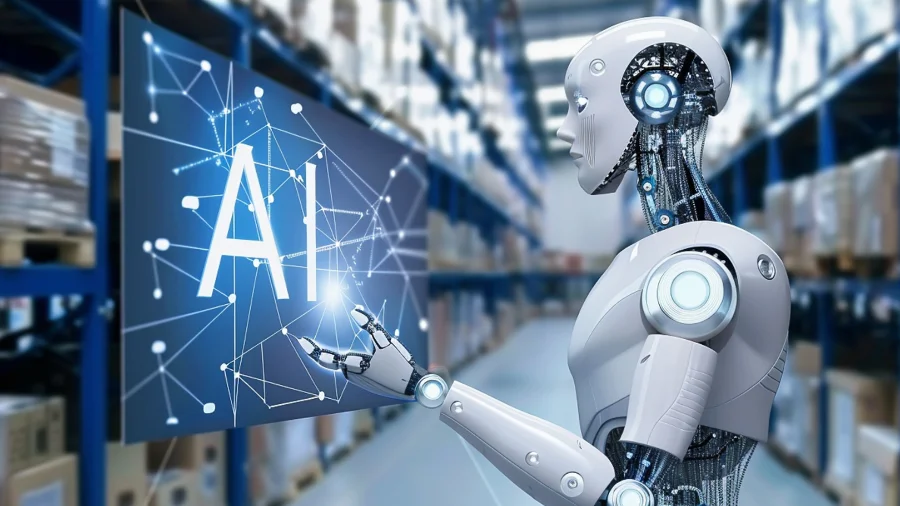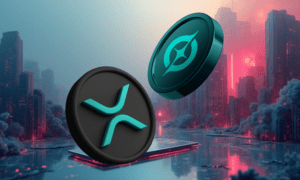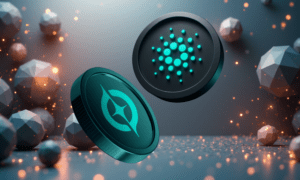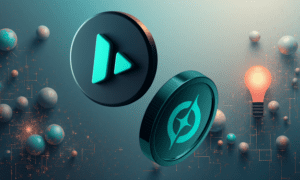In today’s fast-paced digital world, businesses and teams increasingly rely on automation to enhance productivity and optimize operational efficiency. Traditional time tracking tools, while effective, no longer meet the demands of modern work environments. AI-powered time tracking has emerged as a cutting-edge solution that addresses these limitations, offering a more accurate, intelligent, and efficient approach to monitoring work activity. In this article, we will explore how AI is revolutionizing time tracking, its technological underpinnings, its benefits, and the future of automated work monitoring.
What is AI-Powered Time Tracking?
AI time tracking is the application of artificial intelligence, machine learning, and data analytics to time management tools. The superintendent was unlike many traditional methods, where hours worked and job codes were manually entered. Instead, the AI-enabled system automatically tracked, categorized, and analyzed time worked in conjunction with various activities. Such systems can be passive, classifying user behavior, task context, and application use, without being driven by active inputs. AI-driven solutions leverage this data including location intelligence to streamline operations, maximize productivity, and provide real-time insights that guide where and how employees spend their time.
The differentiator between AI-based time tracking and legacy tools comes down to one word:” automation.” Traditional time tracking must be manually entered, started, and stopped; AI systems do it automatically. They are ‘always-on’ in the background, delivering a much smoother and more accurate representation of an employee’s day. Furthermore, AI systems can be trained and evolved, increasing accuracy and relevance as they are fed more information.
Key Technologies Behind AI Time Tracking
AI-powered time tracking relies on several advanced technologies that allow it to function in ways traditional systems cannot. The core technologies driving this innovation are machine learning, natural language processing (NLP), and big data analytics. These technologies enable the system to understand user behavior, context, and productivity patterns, ensuring that time tracking is more efficient and intelligent.
Machine Learning Algorithms
Artificial Intelligence (AI) is pivotal in AI time tracking solutions, and Machine Learning (ML) is at the core. Those algorithms examine time in history and compare how users spend their time. For instance, an ML model might learn that a user typically spends an hour in the morning on email, an hour coding, and another hour in meetings. This pattern enables the system to predict future task costs in other projects and suggest where it might be worthwhile to save time.
In addition, ML-based models can be applied to classify tasks automatically. Rather than waiting for the user to tag tasks, the AI system can guess whether a specific task involves a project, a meeting, or some form of overhead. This makes it possible to achieve a very detailed view of time distribution.
Natural Language Processing (NLP)
NLP enables AI-driven time trackers to interpret and process text-based content like email, chat messages, and meeting notes. Using NLP, such systems can derive useful context from communication tools, such as assigning time spent on relevant activities. If a user spends time writing an email to a client, AI can recognize that as billable work related to that client and categorize the time that way.
In addition, the system is able to process casual language and unorganized text because it is an NLP system. This makes AI tools more flexible for creative and technical work.
Big Data Analytics
Combining AI with big data analytics provides a comprehensive overview of time spent across multiple projects, teams, and individuals especially when companies hire a data analyst to interpret and act on those insights. AI time trackers aggregate large volumes of data from tools such as task management systems, email platforms, and calendar apps to generate actionable insights. This data can identify inefficiencies, track progress, and even predict potential roadblocks in workflows. Big data also allows AI systems to provide predictive analytics, forecasting project completion times and resource requirements with high accuracy.
How AI Tracks Time Autonomously
One of the most significant benefits of using AI to track time is the potential for a device, or indeed an application, to track work independently. Conventional instruments require users to start and stop timers manually, potentially subject to errors or inconsistency. On the other hand, AI-based systems monitor activities in the background, record information in real time, that is and without human intervention.
These systems monitor activity that, among other things, encompasses application usage, document changes, meetings, and even web surfing activity. For instance, an AI system might observe that you use a code editor and identify that as development work. If the user transitions to a meeting tool, like Zoom, at that time, AI will categorize that time as a meeting. The system can learn to make these classifications more accurately and independently over time, so you don’t have to sort manually.
Now, AI time tracking software can distinguish between work and distractions. For example, suppose a user wastes a lot of time on social media or irrelevant sites. In that case, these can be identified as non-productive time, showing users how to optimise their time.
Benefits of AI-Powered Time Tracking
AI-powered time tracking offers numerous benefits for both employees and organizations. These benefits go beyond simply tracking hours; they provide actionable insights that can be used to optimize workflows, improve productivity, and enhance overall performance.
Improved Accuracy and Efficiency
AI-based systems can reduce human error by not requiring manual entry time, which can often be incorrect. As they track the workpeople do, they guarantee that time data is more accurate than ever. This also relieves employees of the hassle of time monitoring and allows them to do more crucial work instead.
Real-Time Insights and Alerts
Time tracking with AI tools offers real-time data on where time is invested. Managers and staff can be apprised of lengthened idle time, the chance to misuse time, or the possibility of a more efficient use of time. These alarms can help to find bottlenecks and inefficiencies, so the production team can adapt their processes accordingly. For example, If an employee spends too much time on administrative work, the A.I. system might recommend that administrative work be delegated elsewhere or simply automated.
Predictive Capabilities
AI-powered systems also have predictive capabilities, which allow organizations to forecast project timelines, resource needs, and potential delays. By analyzing historical time data, AI can predict how long similar tasks will take in the future and identify trends that may affect project completion. This predictive capability helps organizations plan more effectively and allocate resources more precisely.
Security and Privacy Considerations
AI time tracking offers many benefits, but raises some important security and privacy considerations. Time management software tends to collect personal and work data, which must be handled carefully. Accordingly, companies must be able to demonstrate that these systems adhere to data protection guidelines, including GDPR and CCPA, and guard for user privacy.
Many AI time tracking solutions rely on encryption, anonymization, and federated learning methods to mitigate these concerns by protecting user data. Federated learning, for example, involves AI models being trained on data stored locally on a user’s device without sending sensitive data to outside servers. This method allows user data to remain private while permitting an AI system to learn and improve over time.
The Future of AI-Powered Time Tracking
As AI development services evolve, the future of time tracking will be shaped by increasingly sophisticated AI models and machine learning algorithms. In the coming years, we can expect to see even more advanced capabilities in AI-powered time tracking systems, such as:
- Hyper-Personalized Time Management: AI systems will become better at adapting to individual productivity styles, offering tailored recommendations for task management, breaks, and peak productivity hours.
- Voice and Gesture Recognition: As AI becomes more integrated into everyday devices, voice and gesture recognition will allow users to interact with time tracking systems in new ways, further streamlining the process.
- Blockchain Integration: Blockchain technology could be integrated into AI time tracking systems to provide a tamper-proof, transparent record of time logs, particularly in industries where audits and compliance are critical.
- Cross-Platform Integration: AI systems will continue integrating with many platforms, from project management tools to communication apps, offering a more holistic view of employee activity across different work environments.
Conclusion
AI-driven time tracking is not just an evolution of legacy time management solutions; it is the move to smarter, automated tracking methods and maximizing work. Drawing upon machine learning, natural language processing, and data analytics, AI systems can provide rich insights about how time is used, which could help organizations fine-tune productivity, predict future needs, and promote greater efficiency.
As those systems get richer and more privacy-oriented, they’ll join a pantheon of products that will be ever more powerful and significant in modern workplaces. They will help you understand how you spend time and how to maximize it. This holds a lot of promise for time tracking and work management.





























